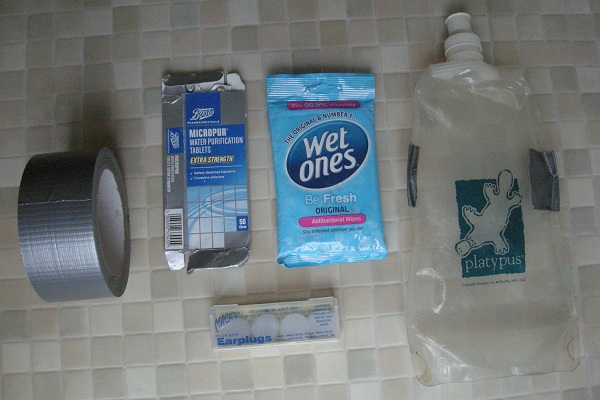While volunteering in South America, make a special effort to visit Peru, one of the most naturally diverse and culturally rich locations in the world. Peru’s wealth of breath-taking views, snow-capped mountains and ancient ruins make it every travellers dream. Hiking the Inca Trail and Machu Picchu will already be part of your plans, but here are some top sights to see off the beaten track:
Lima to Huancayo train
Lima is not everybody’s favourite city, and this 12-hour tourist train to the altiplano town of Huancayo provides the perfect getaway. Taking you through the heart of the Andes, Peru’s Central Railway route is 15,689 feet above sea level at its peak, the second-highest in the world.
This route provides a breath-taking slalom through snow-tipped mountains, sun-bleached countryside and clear blue skies. For a £25 one-way ticket, you can enjoy the view through panoramic windows and skylights, with a reclining seat, local dinner and pisco cocktail all included. The 206-mile journey includes high-alpine lagoons, elongated tunnels and the most wonderfully charming, old-fashioned bridges.
Inca Trail – Community Trek
The classic Inca Trail is usually very busy and you will need to share your journey with many other travellers. An Inca Trail community trek will allow you to combine sightseeing with community help, perfect for budding volunteers. Here you can stay with local families, learn their culture and help villagers with crop planting or schooling.
The Peruvian locals are extremely hard working, polite and eager to share their culture with visitors. You can sample local delicacies, like Lomo Saltado, Ceviche Mixto, or even ask for ‘cuy’, roasted Guinea Pig meat served on a spit – juicy and tender but not for the faint hearted.
Surfing in northern Peru
Peru is well known for its beautiful beaches and many are familiar with its popular surfing culture. The most popular surfing spots include Herradura, Costa Verde, and Punta Rocas south of Lima. Punta Sal is also really popular, with crystal clear water, pure white sands and excellent waves. At Huanchaco, close to the ruins of Chan Chan, you can also watch fishermen perform an ancient surfing tradition, where they stand up in reed boats called ‘caballitos de totora’.
Arequipa
This beautiful ‘White City’ is located immediately below the Misti Volcano, providing the most breath taking view on a clear day. El Misti is hard work to climb and you will need plenty of energy and a decent ice axe; it’s also best to climb between July and November, with the later months being warmer. Santa Catalina Monastery is a wonderful white and blue building which perfectly matches the beautiful backdrop beyond it. Majes River Lodge also offers three-hour rafting trips that pass through class IV rapids on the Rio Majes; these are not for those of a nervous disposition.
Iquitos
Iquitos is the world’s largest city that is unreachable by road, located on the left bank of the Amazon River and surrounded by rainforest. Travellers usually come to the city for an excursion or Amazon riverboat trip, but you should certainly stay a few days. With thousands of motorcycles and three-wheeler ‘moto-kars’ weaving through traffic, the town has a unique atmosphere which is both charming and slightly manic at the same time. Be sure to visit the Museo Amazonico, a museum which contains the sculptures by Felipe Lettersten. You can also watch the sun rise over the from the Malecon, this is really beautiful. Belen is the Venice of the Amazon, with houses built on balsa rafts which float on the river.

